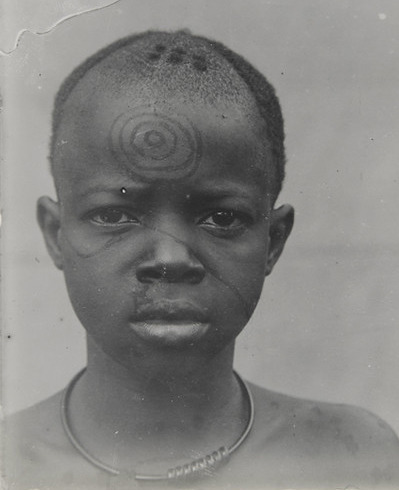
© MAA Cambridge, shared under Creative Commons Attribution-ShareAlike. Image courtesy of Ukpuru on X
This photograph captures an Igbo girl from Nibo, now in Anambra State, adorned with ùlì body art. Taken by British anthropologist Northcote Thomas in 1911, it showcases the unique artistic expression of the Igbo people. Ùlì, a traditional form of body decoration, held aesthetic, cultural, and spiritual significance. Made from natural plant dyes, these temporary designs marked important events, rites of passage, and celebrations within the community.
Ùlì was created using dye from the uli plant. It was applied to the skin in elaborate patterns. These patterns were both decorative and symbolic. The designs, often geometric or abstract, reflected cultural values and were unique to each individual, showcasing personal creativity and identity.
Ùlì was more than a form of adornment—it was a cultural language. The designs could signify a person’s role in society, commemorate special events, or even express spiritual beliefs.
While ùlì as a body art form has declined over the decades, its influence endures in contemporary Igbo culture, particularly in art and fashion. Efforts to preserve and revive this tradition continue as part of broader initiatives to celebrate and document indigenous African heritage.
Explore Further
If you want to learn more about ùlì designs and their cultural significance, explore:
 Artistic Insights, Cultural Insights
Artistic Insights, Cultural InsightsUli, or Uri as it is known in some Igbo dialects, signifies one of the most ancient and visually captivating art forms in Igbo culture. Predominantly practiced by Igbo women, Uli designs
Discover more from Igbo Archives
Subscribe to get the latest posts sent to your email.


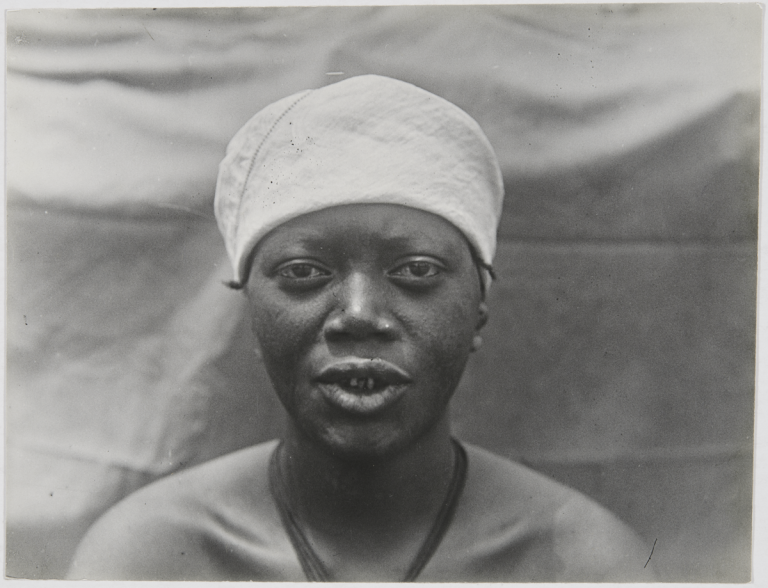

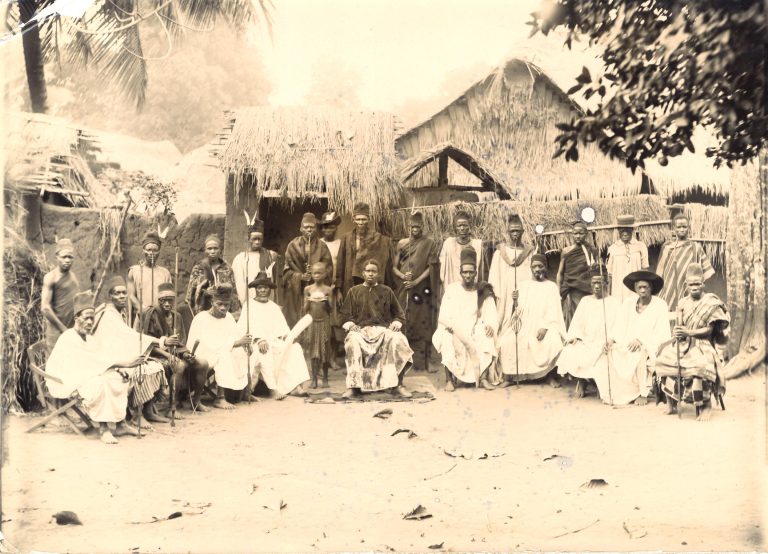
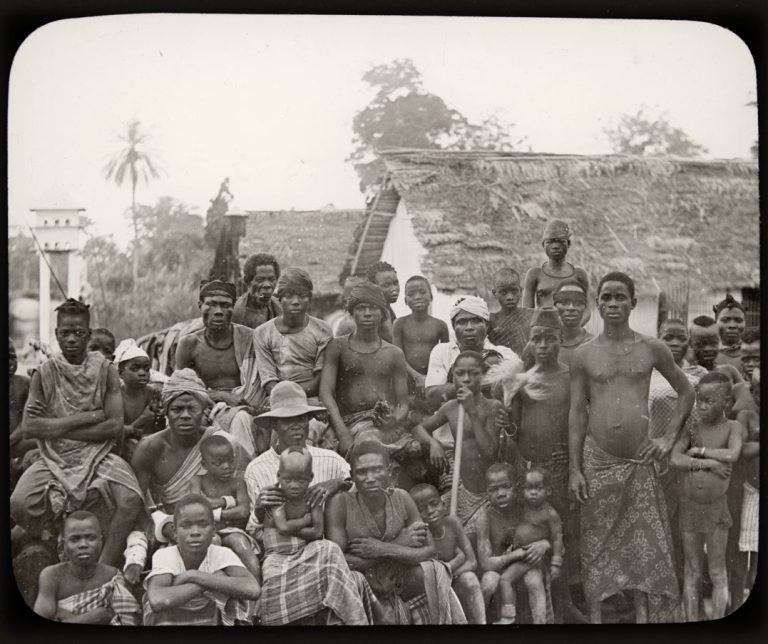
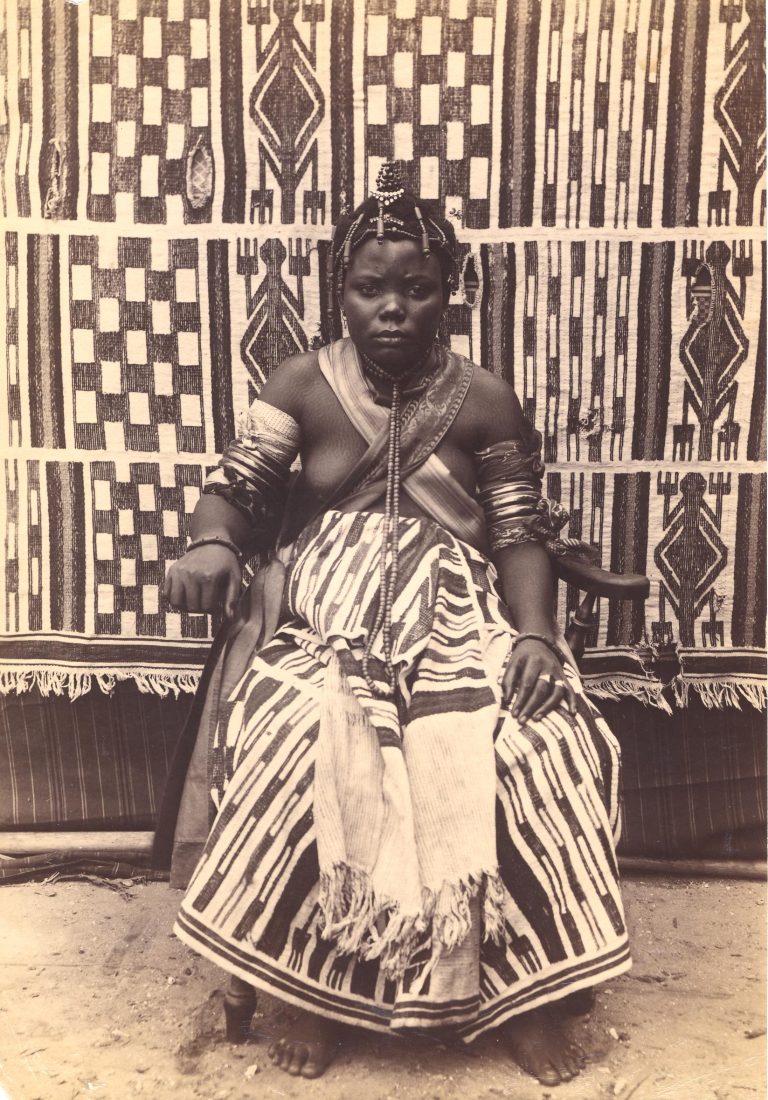
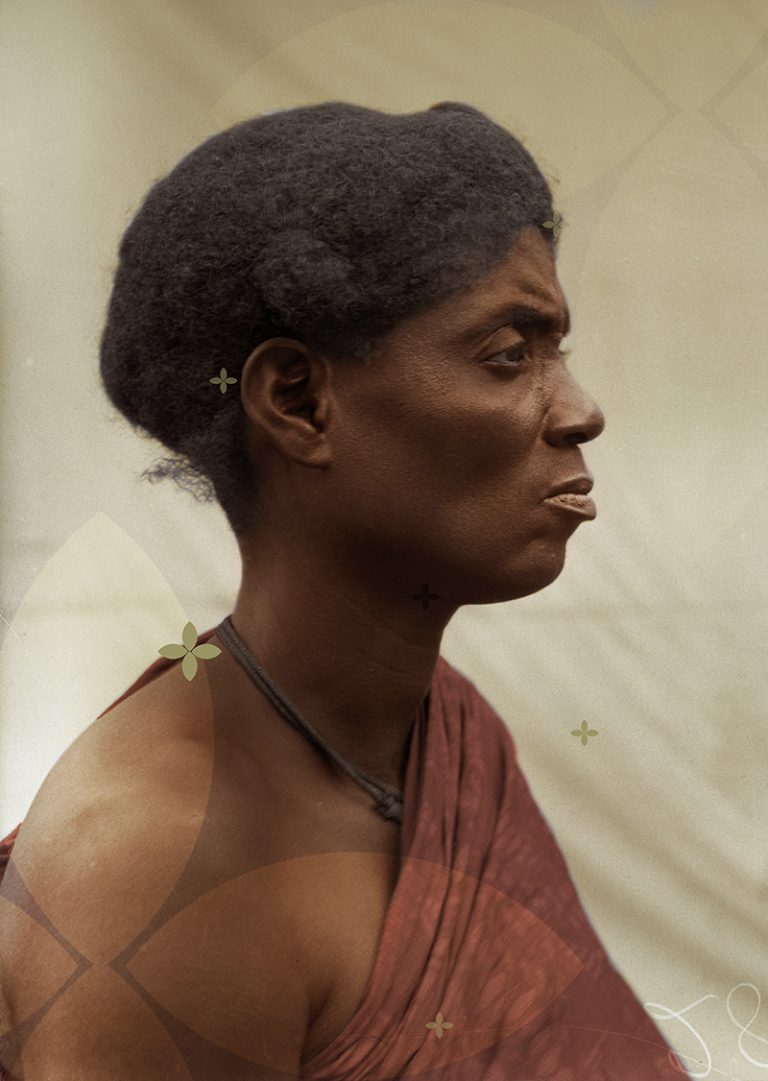
This photograph is a beautiful representation of Igbo culture and its rich traditions. The ùlì body art is not just decorative but carries deep cultural and spiritual meanings. It’s fascinating how these designs could signify a person’s role in society or commemorate special events. The decline of ùlì over the years is unfortunate, but efforts to revive it are commendable. How can we further support the preservation of such indigenous cultural practices?
I have been browsing online more than three hours today yet I never found any interesting article like yours It is pretty worth enough for me In my view if all website owners and bloggers made good content as you did the internet will be a lot more useful than ever before